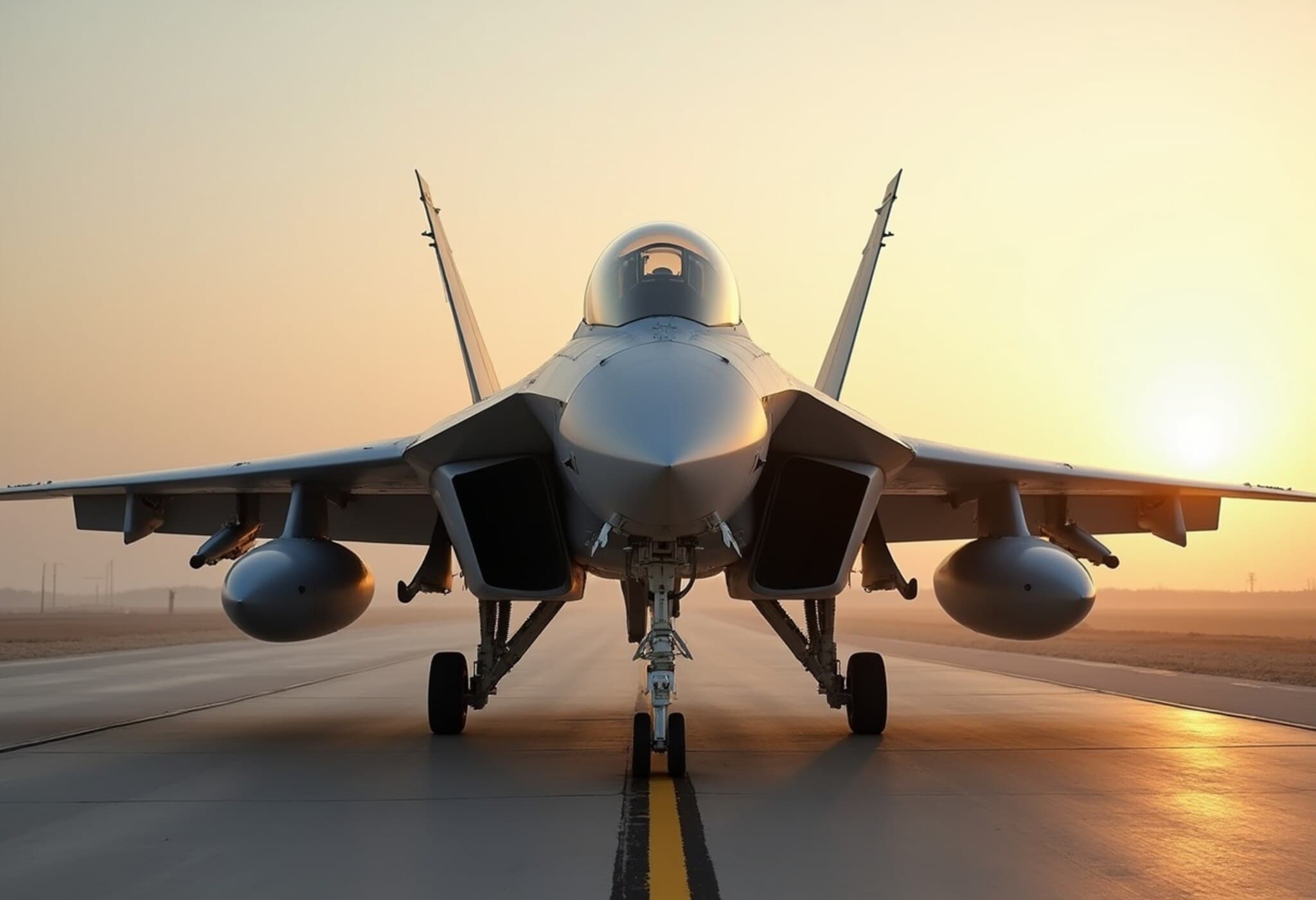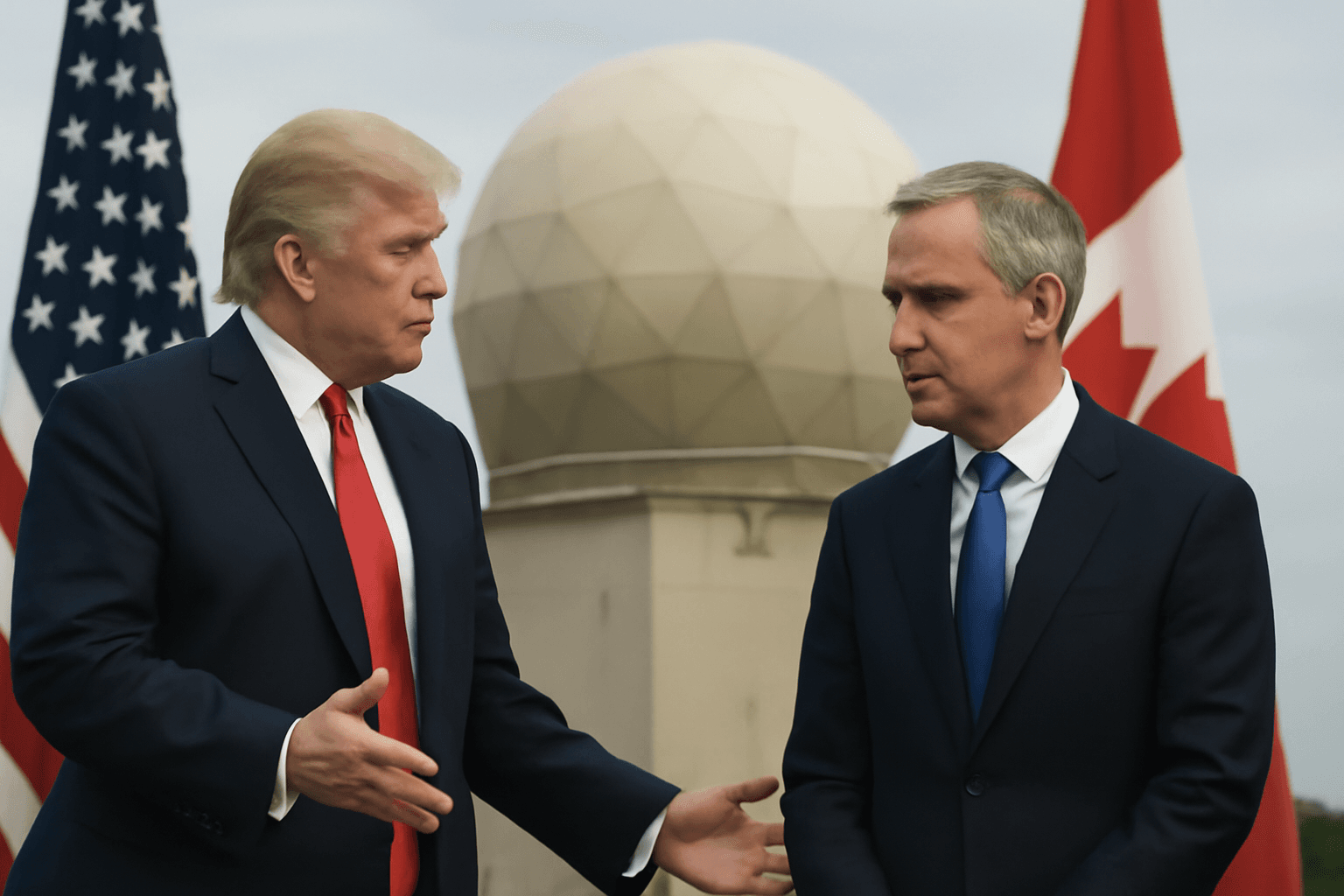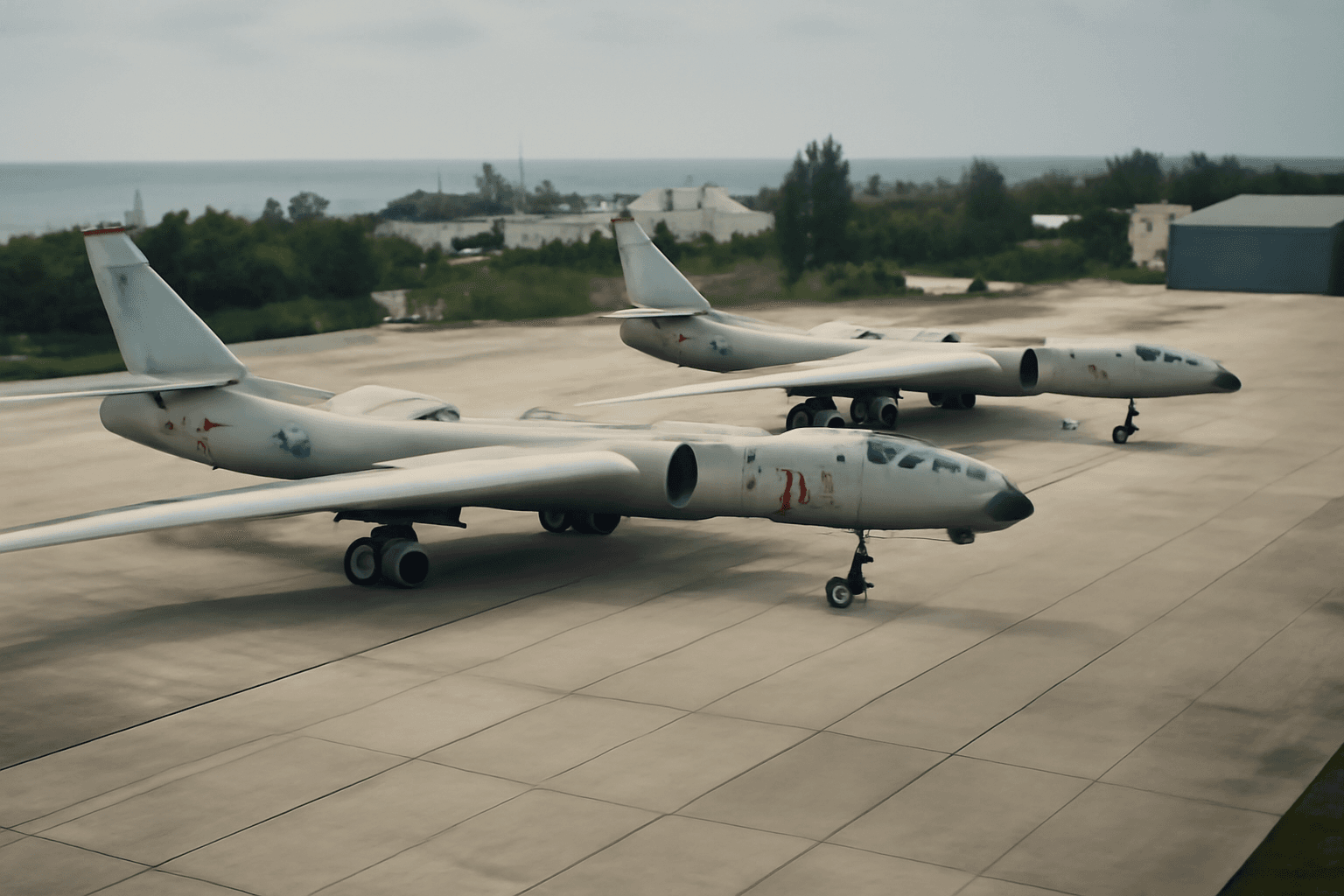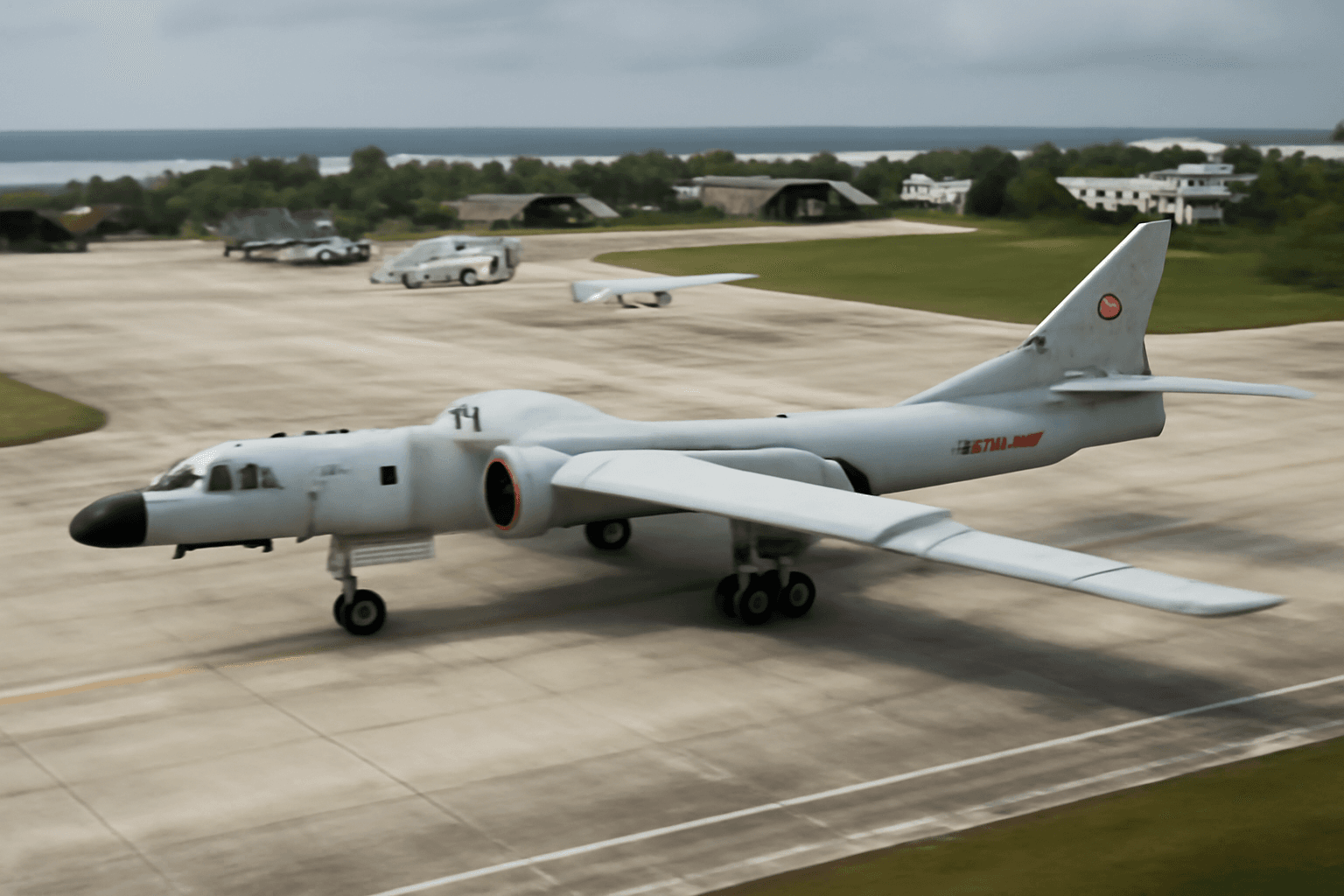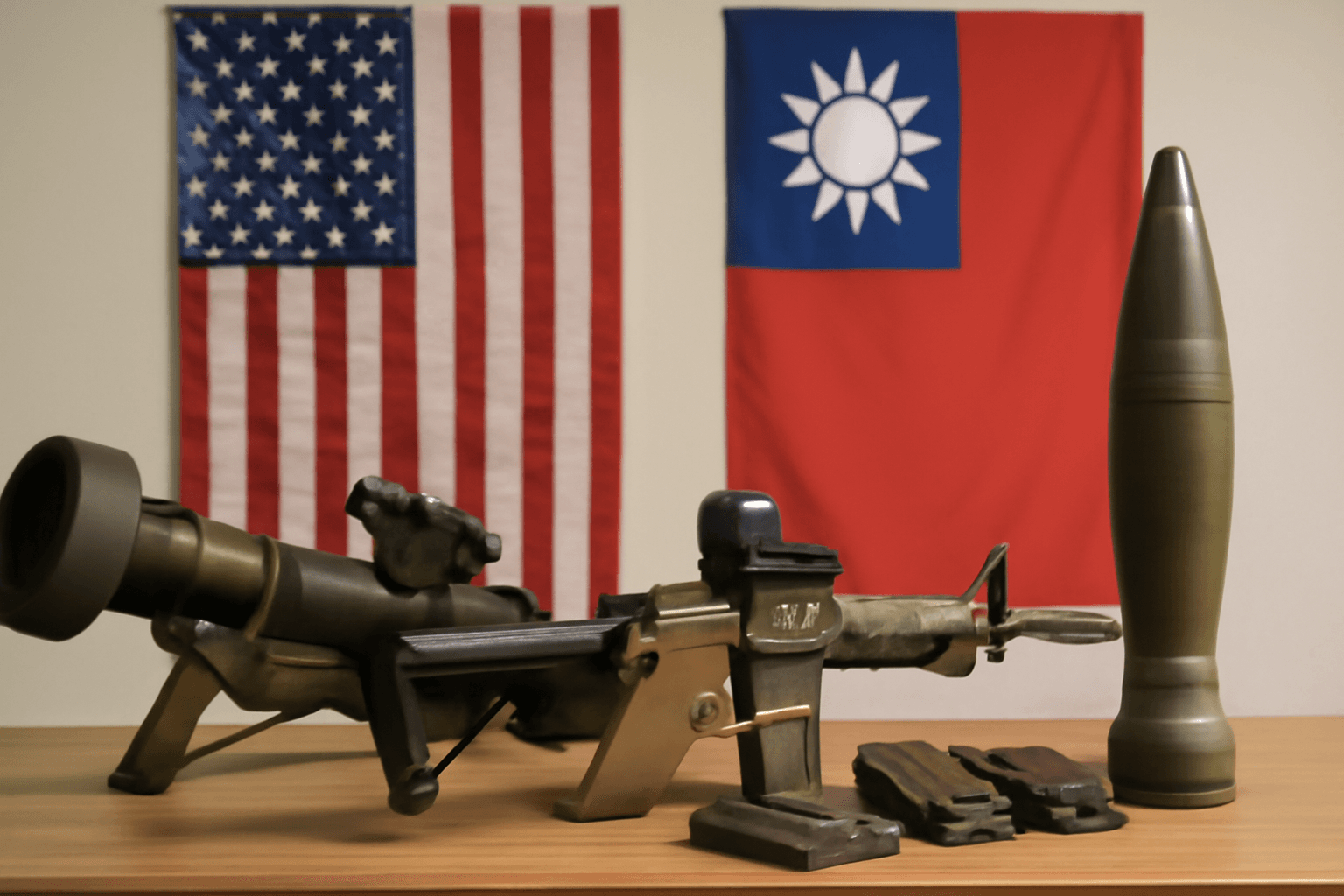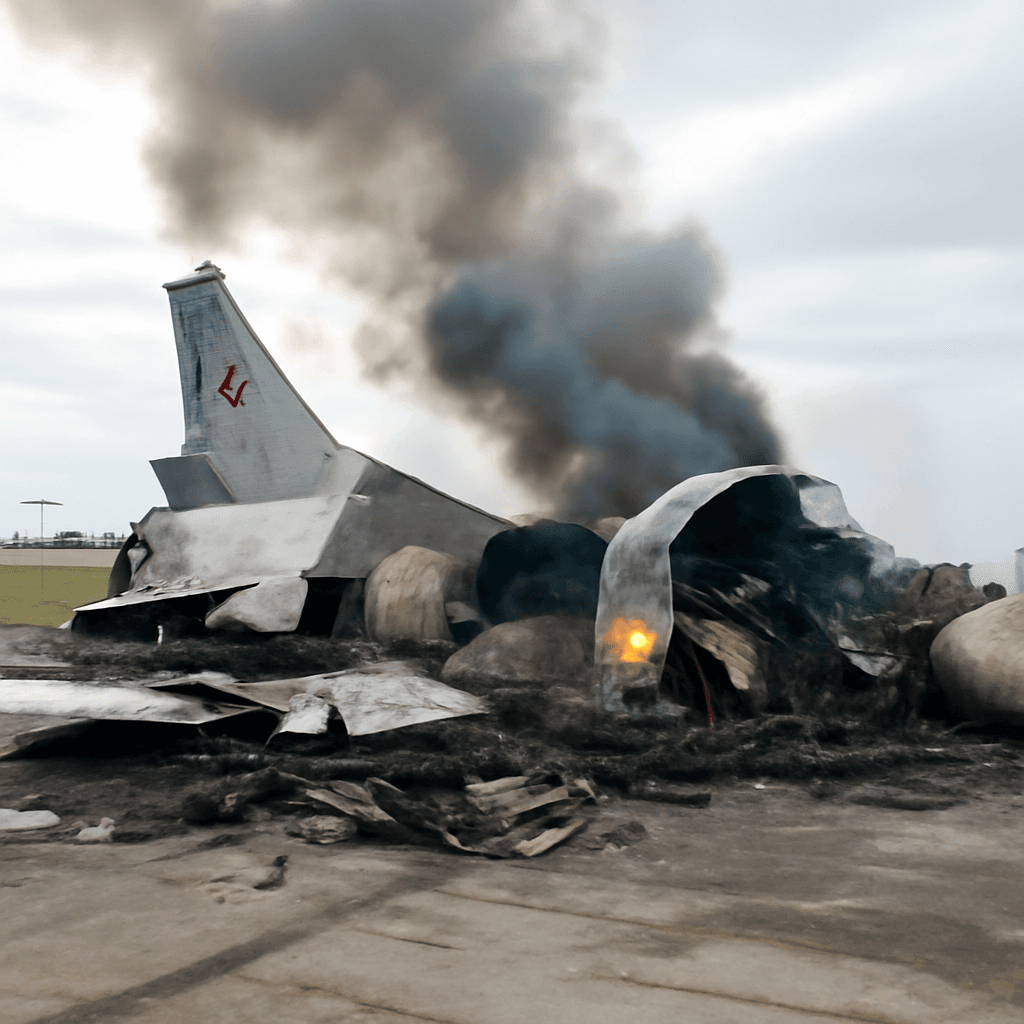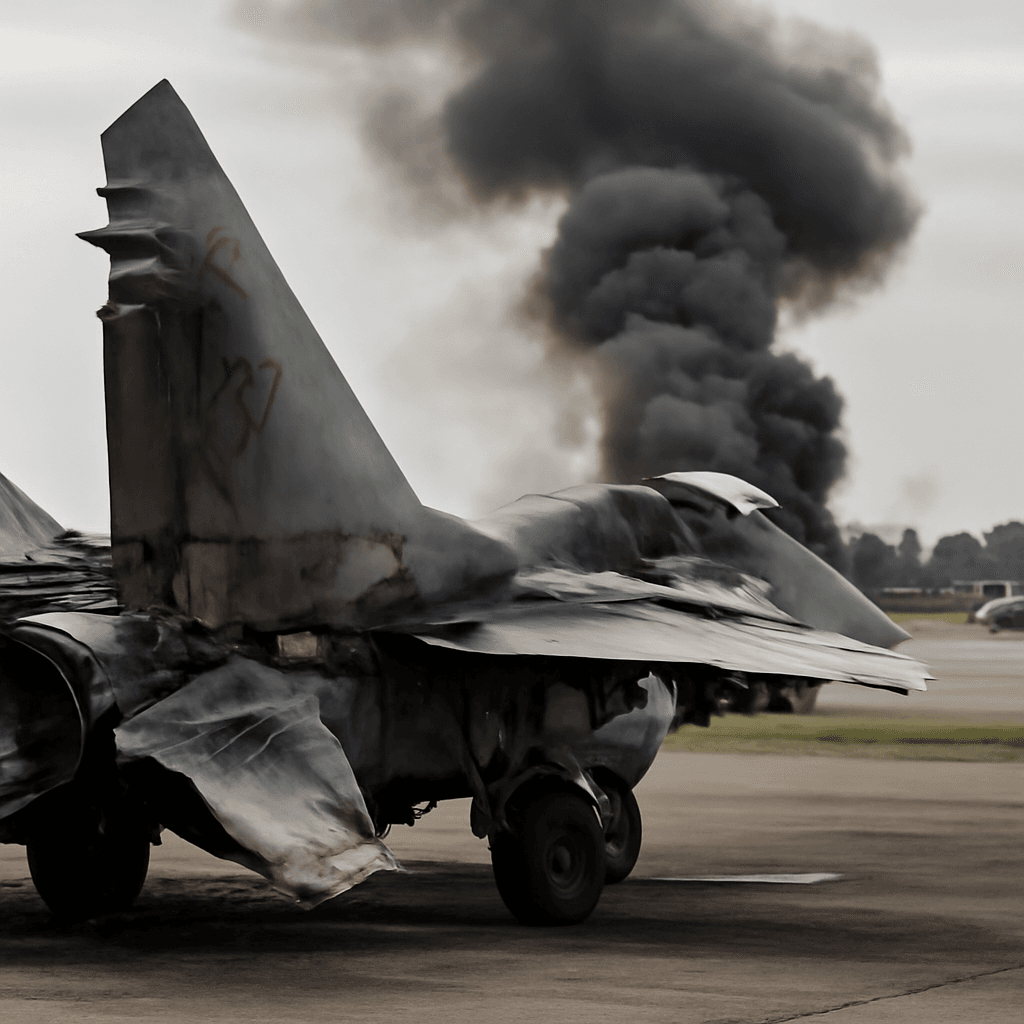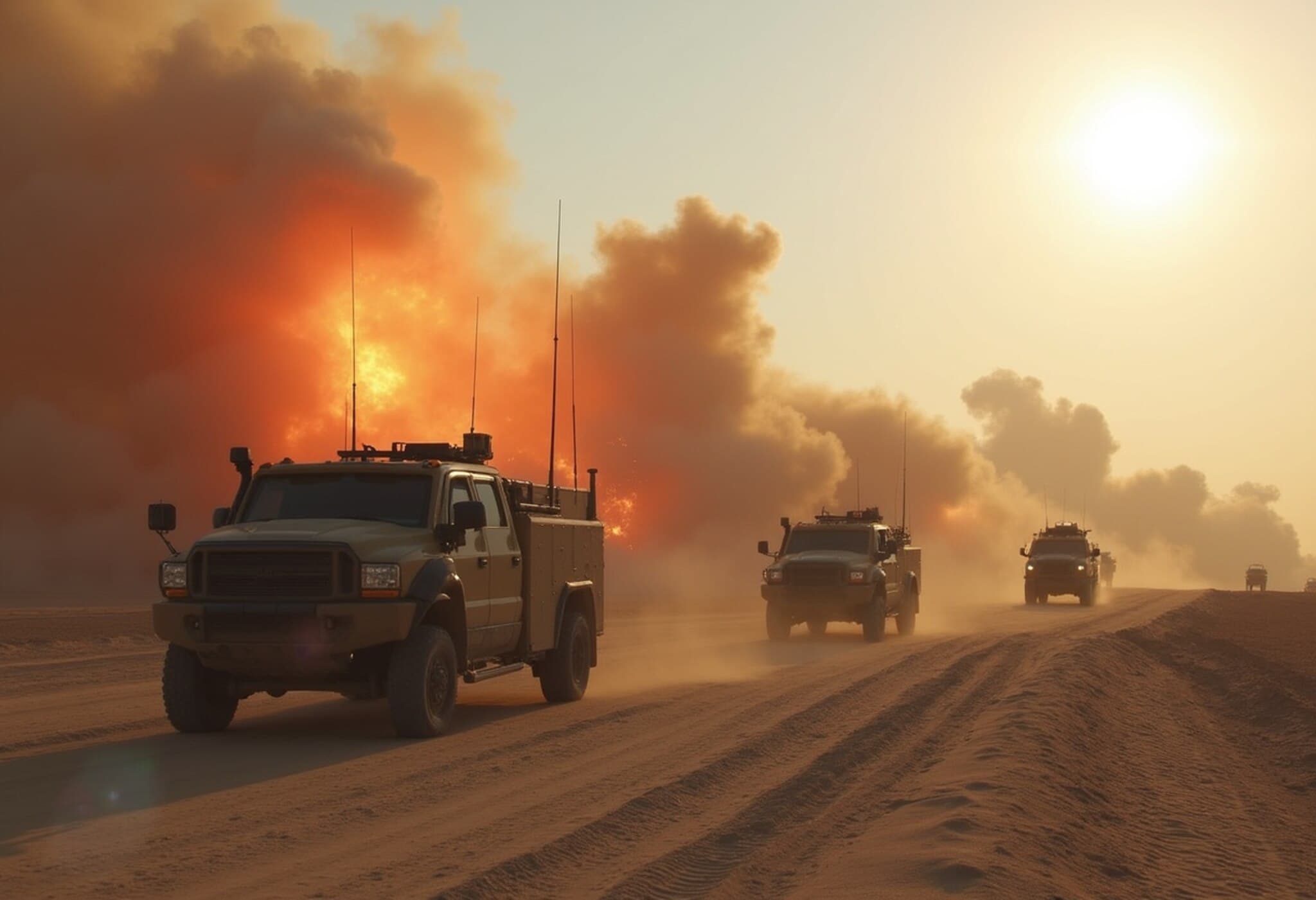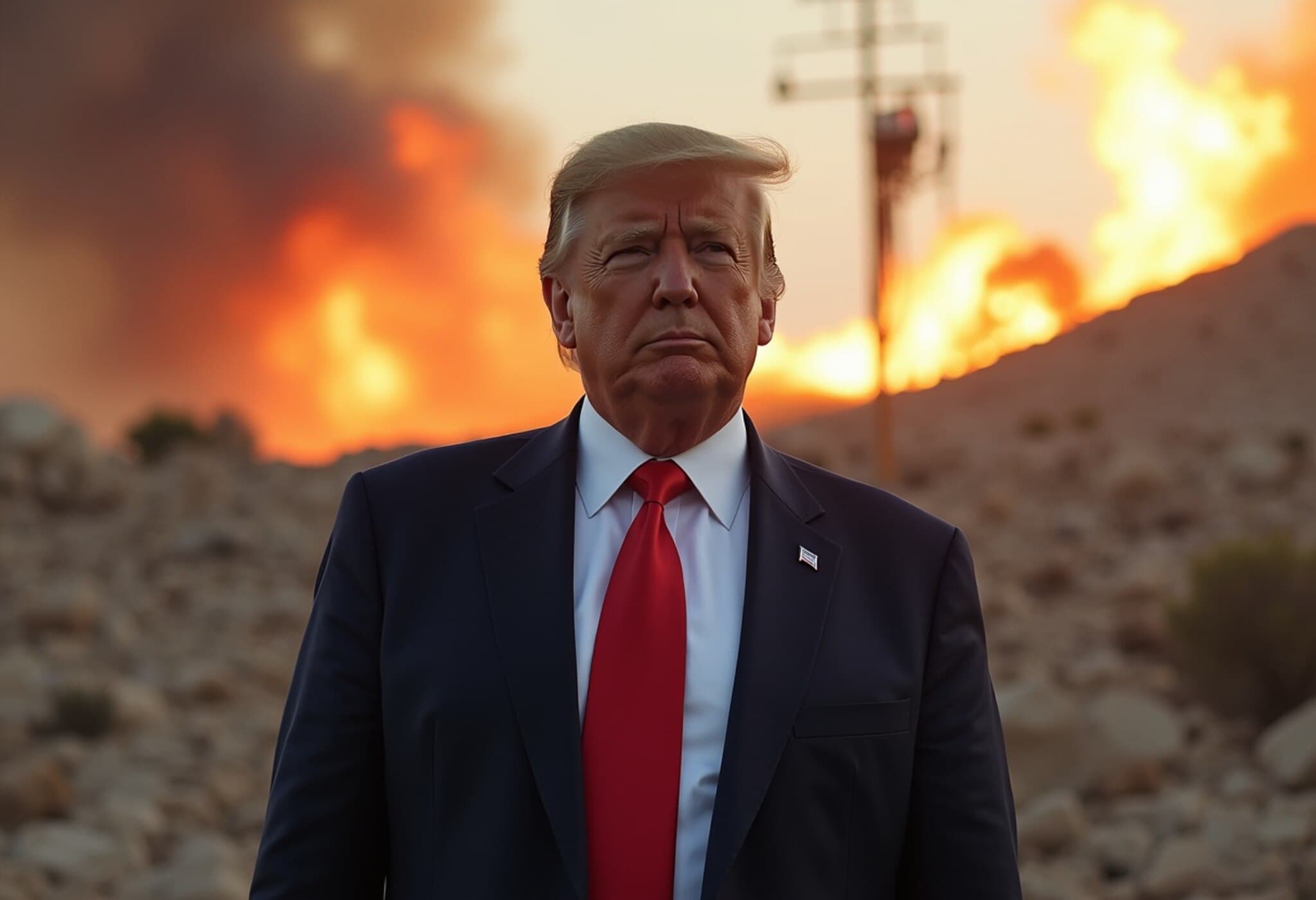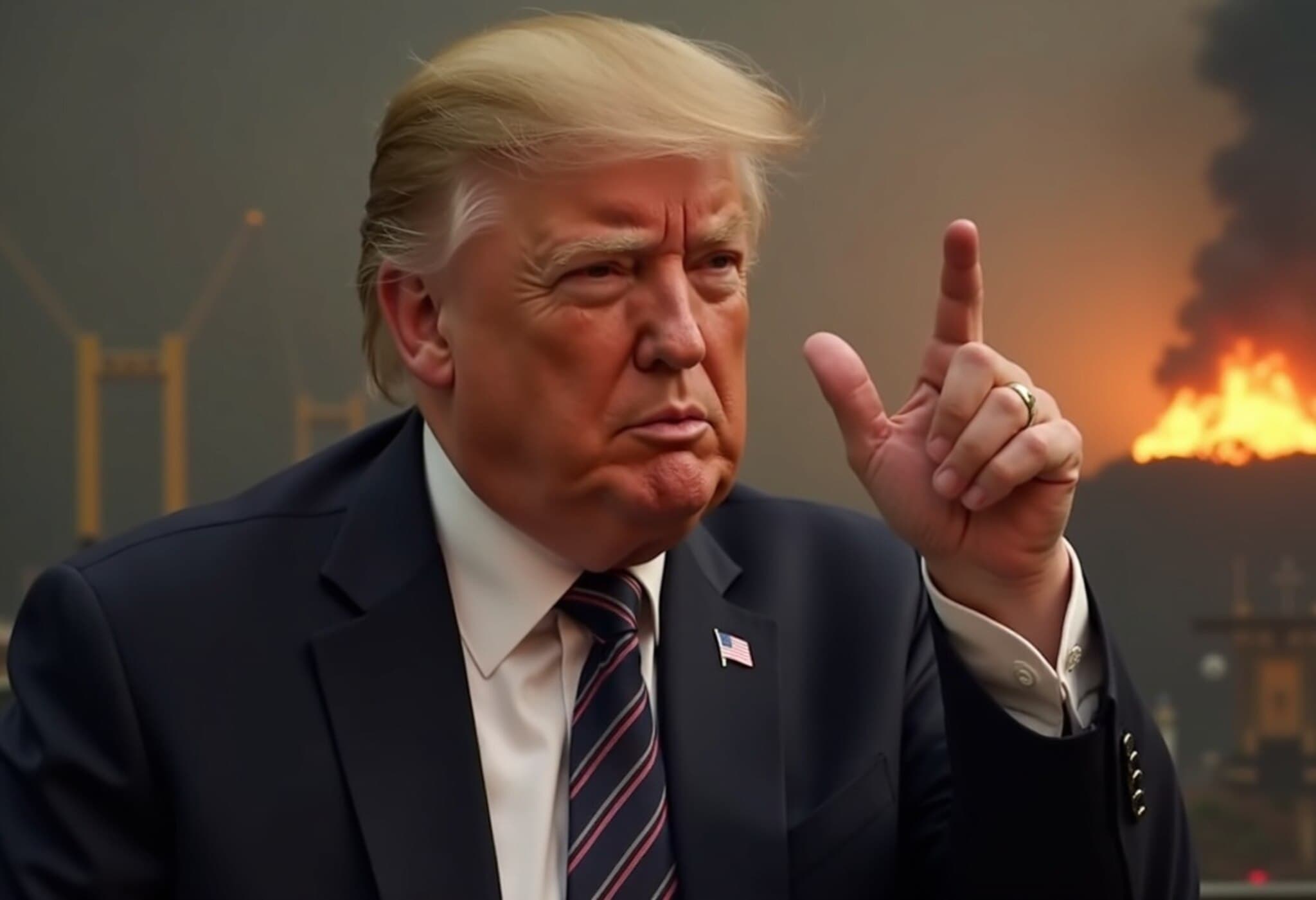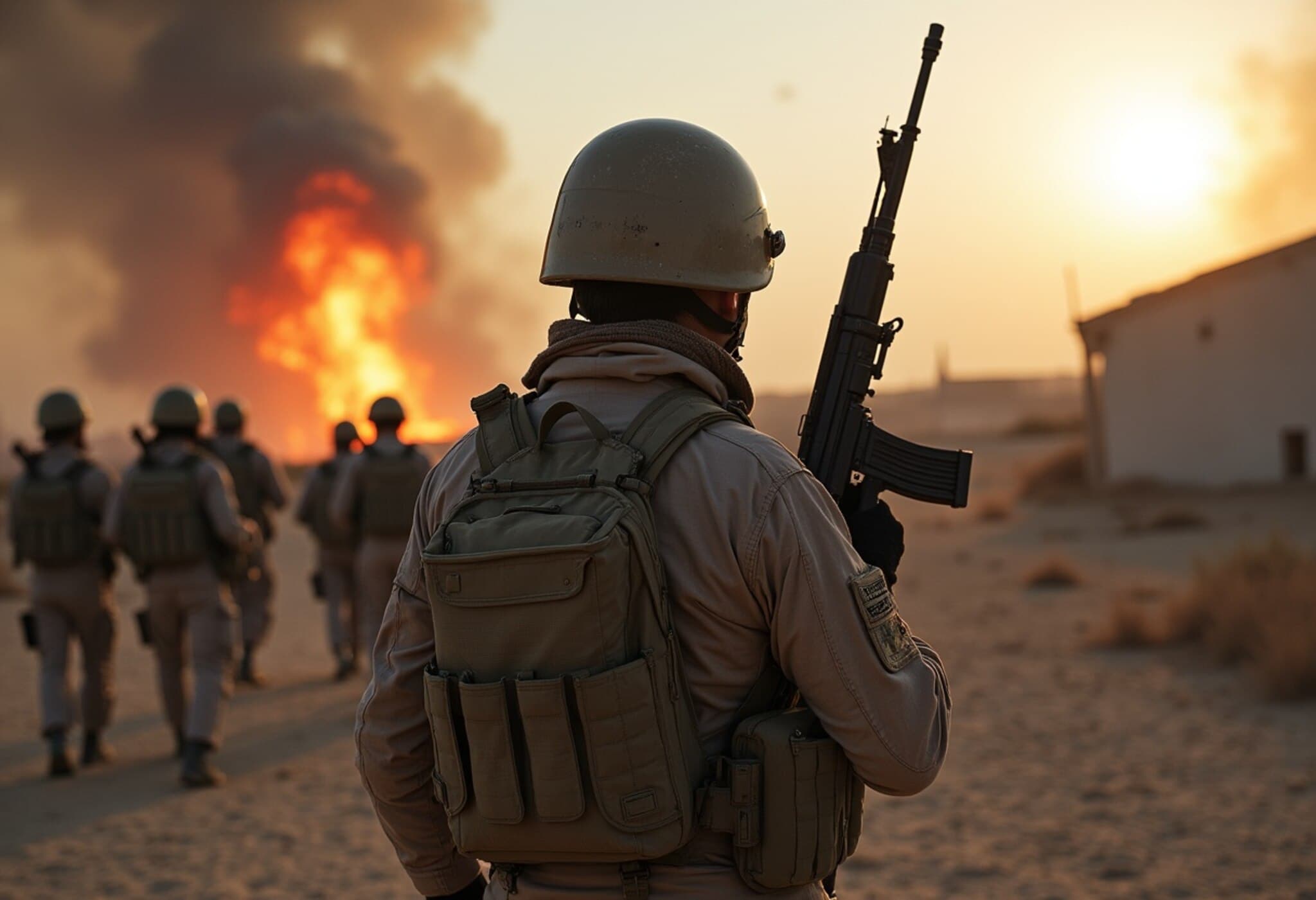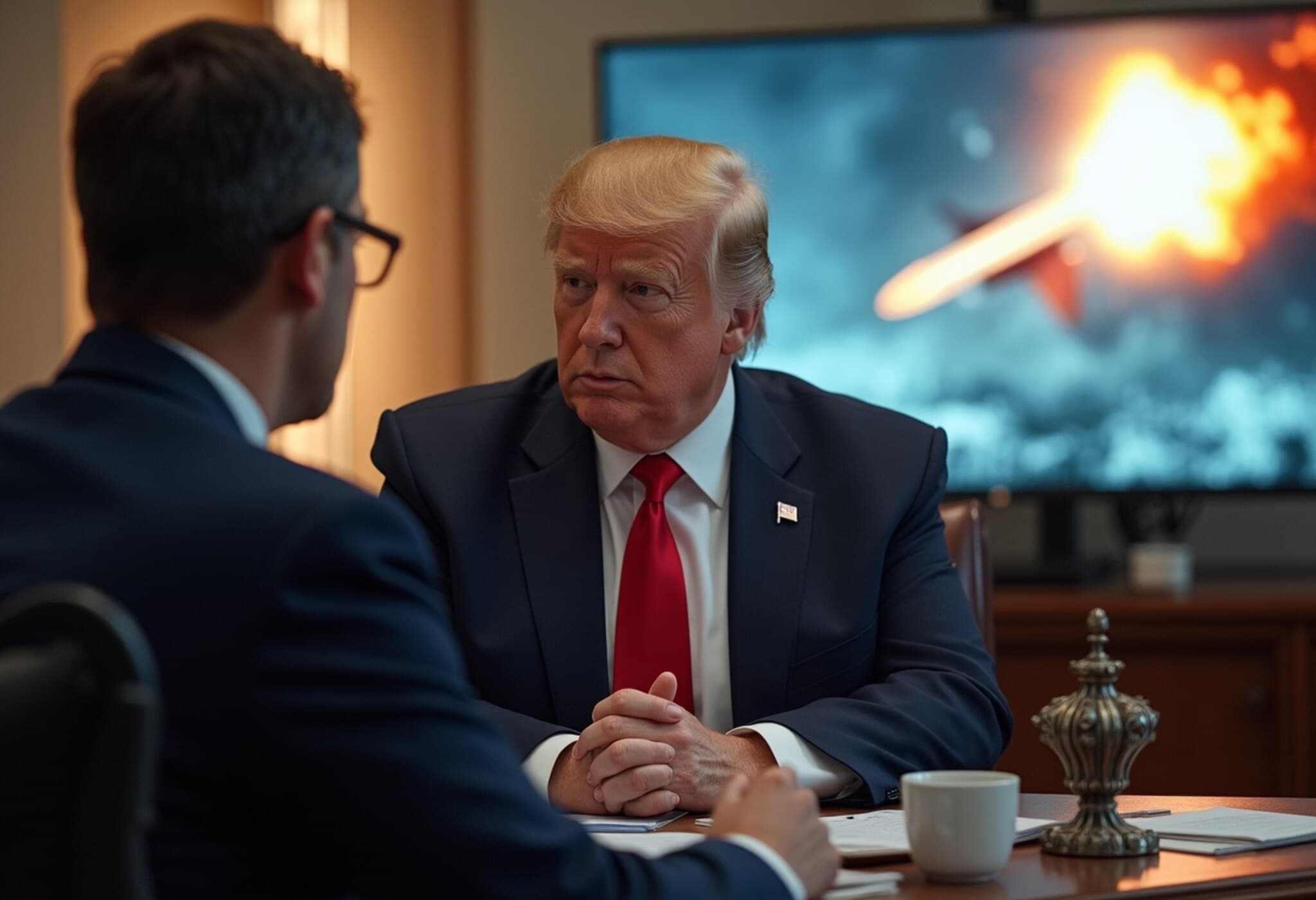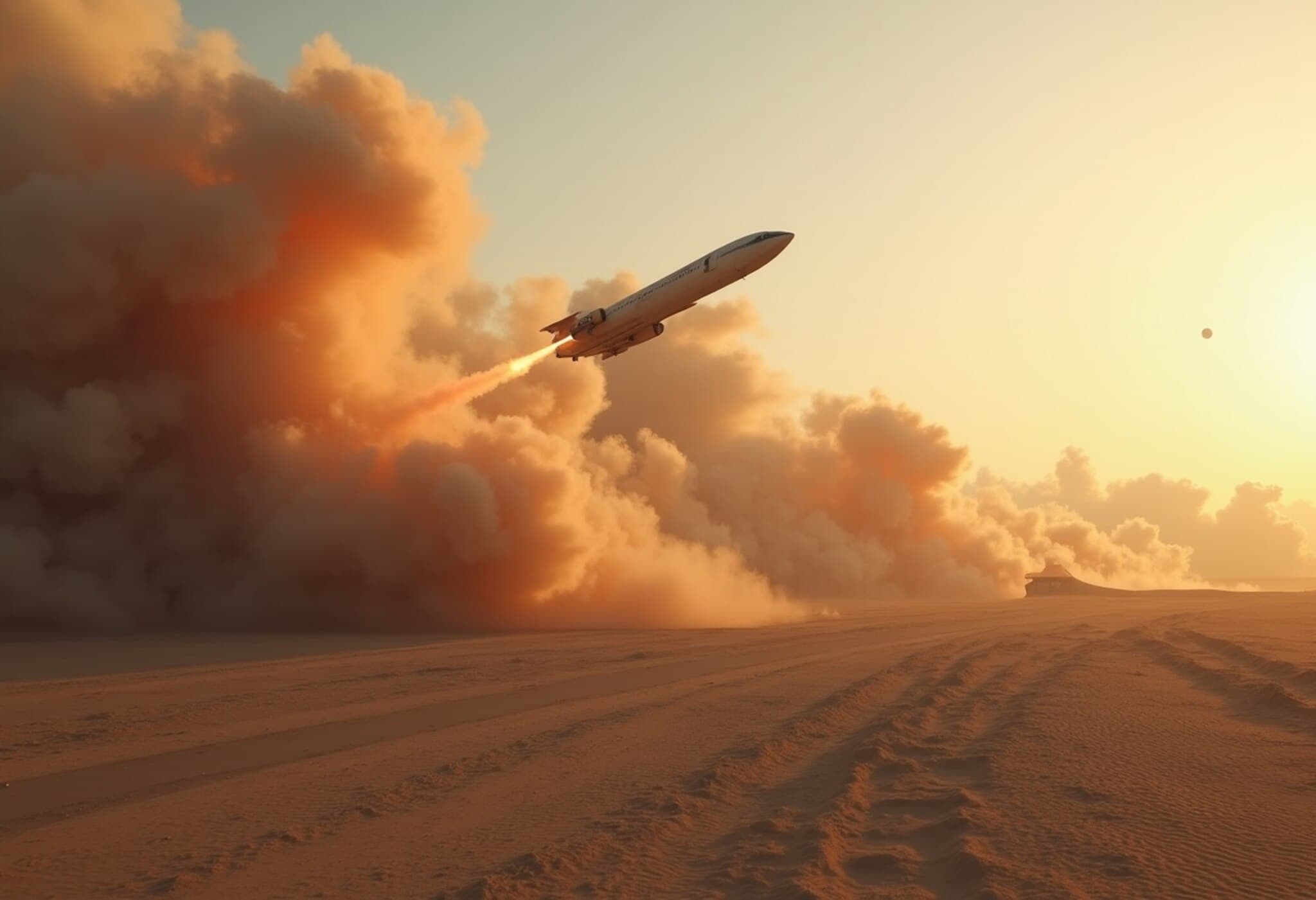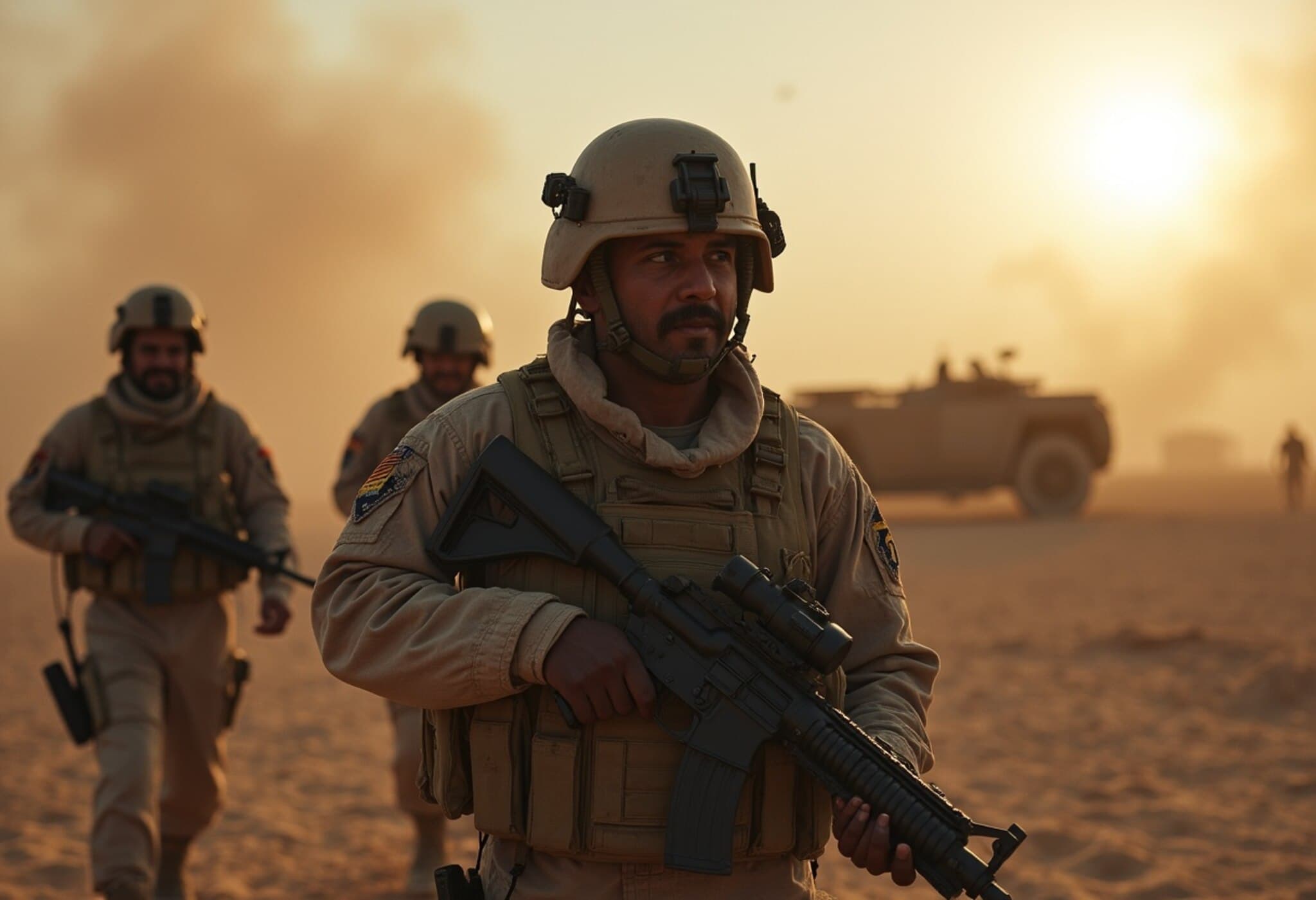US Removes Significant Military Assets from Qatar Airbase
In a quiet but decisive move, the United States has pulled nearly 40 military aircraft from its largest airbase in West Asia, located in Qatar. Satellite imagery has confirmed that between June 5 and 19, the Al Udeid Air Base was largely cleared of jets as a precautionary measure against potential Iranian attacks amid escalating regional tensions.
Satellite Imagery Unveils the Strategic Evacuation
High-resolution photos analyzed over a two-week period showcased a dramatic drop in aircraft at the base. Initially, around 40 planes, including C-130 Hercules transport aircraft and advanced reconnaissance jets, were stationed there. However, by June 19, only three remained visible. This mass withdrawal reflects a preemptive effort to shield vital US military assets from possible strikes as conflicts between Israel and Iran intensify.
Heightened Security and Restricted Base Access
In conjunction with the relocation, the US embassy in Qatar announced limited access to Al Udeid Air Base, emphasizing increased vigilance due to ongoing regional hostilities. Personnel stationed nearby were advised to maintain heightened alertness in response to potential threats.
US Military Platforms Repositioned in Europe
Further stirring strategic concerns, analyses of public flight tracking data reveal that between June 15 and 18, at least 27 US military refueling aircraft, notably KC-46A Pegasus and KC-135 Stratotanker types, were redeployed from the United States to Europe. As of late June 19, the majority remained stationed across European bases, underscoring preparations for extended air operations and the possibility of broader engagement in the region.
The Current Military Posture in West Asia
US forces in West Asia are operating on heightened alert amid escalating tensions. Military families have been given the option to evacuate bases voluntarily, reflecting concerns surrounding possible Iranian retaliation. Approximately 40,000 US troops are now deployed across the region, up from the usual 30,000, marking an increased military footprint in response to prior clashes and ongoing assaults on commercial and military vessels in the Red Sea.
While the Pentagon has withheld specifics on additional troop relocations, officials stress the capability and readiness of US forces to swiftly adjust depending on the evolving situation with Iran.
Decision on US Involvement Expected Soon
The White House has indicated that President Donald Trump will decide within two weeks whether to support Israel's ongoing efforts against Iran’s military and nuclear capabilities. Despite the rising tensions, Trump remains hopeful that diplomatic channels may resolve some of the core issues surrounding Iran’s nuclear ambitions.
Karoline Leavitt, the White House press secretary, stated, "Given the significant possibility of negotiations soon, the President will make his decision about engagement within the next two weeks." This measured approach underscores the delicate balancing act faced by the US amid an increasingly volatile Middle East landscape.

